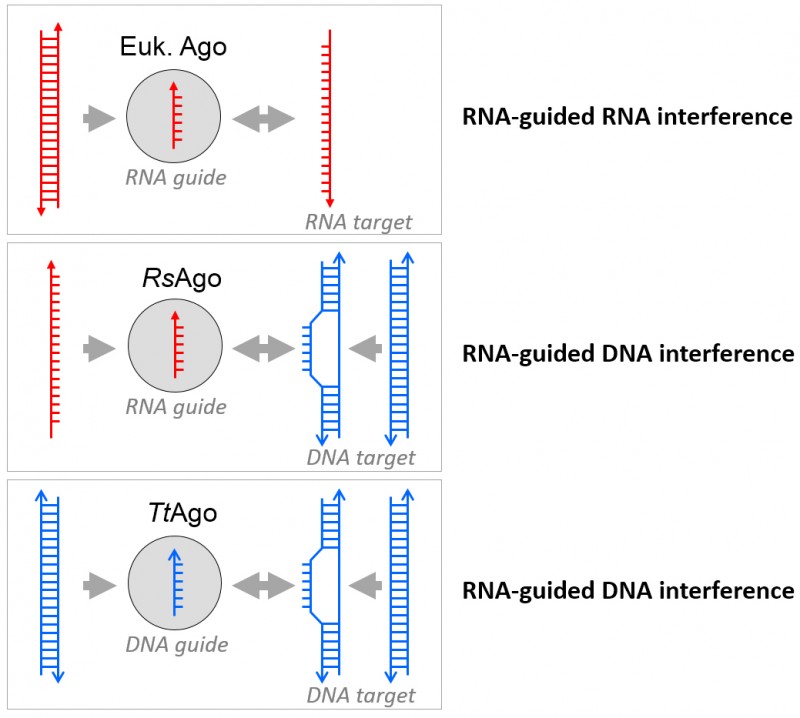FIGURE 1: Prokaryotic variations of the eukaryotic RNAi theme.
Eukaryotic Argonautes acquire short RNA guides to target complementary RNA molecules, resulting in silencing of expression of the corresponding gene; in case the Argonautes possess an intact active site, this will result in nucleolytic cleavage of the target RNA. Two types of prokaryotic Argonautes have recently been characterized. The RsAgo acquires guides from plasmid-derived mRNA, that allow binding of the complementary DNA strand of a plasmid; as RsAgo is inactive (*), it requires an additional nucleolytic enzyme for target cleavage. On the contrary, the active TtAgo acquires small DNA guides (mainly from plasmids) that allow for binding and cleavage of plasmid DNA strands.

